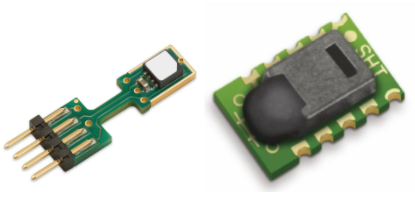Sensors
Sensors
Adhesives and plastics are used to hold the different parts of the sensor together, providing structural support and ensuring that it retains its shape and integrity under different conditions. Specialty chemicals and plastics are used to insulate the electrical components of the sensor, preventing short-circuits and ensuring accurate readings. Additionally, some specialty chemicals are used as coatings to protect the sensor from environmental factors such as humidity and temperature changes, which can affect its performance over time. These materials help to improve the overall performance of the sensor by increasing its sensitivity, accuracy, and durability.
The following are the list of sensors that use specialty chemicals, adhesives and plastics:
Optical sensors: These sensors are used to detect light, and are used in applications such as cameras, smartphones, and security systems.
MEMS sensors: These sensors use micro-electromechanical systems (MEMS) technology to measure motion, acceleration, and other physical phenomena. They are used in applications such as smartphones, tablets, and industrial automation.
Fingerprint sensors: These sensors use biometric technology to identify fingerprints, and are used in applications such as smartphones, laptops, and security systems.
CMOS image sensors: These sensors use complementary metal-oxide-semiconductor (CMOS) technology to capture images, and are used in applications such as cameras, smartphones, and automotive industry.
Humidity and temperature sensors: These sensors are used to measure the humidity and temperature of the surrounding environment, and are used in applications such as weather monitoring, industrial automation, and HVAC systems.
IR sensors: These sensors are used to detect infrared radiation, and are used in applications such as remote controls, security systems, and industrial automation.
Optocouplers: These sensors are used to isolate the electrical signals between two circuits, and are used in applications such as industrial automation and automotive industry.
Automotive camera modules: These sensors are used in vehicles to capture images and video, and are used in applications such as driver assistance systems, parking assistance systems, and for improving the overall safety of the vehicle.








